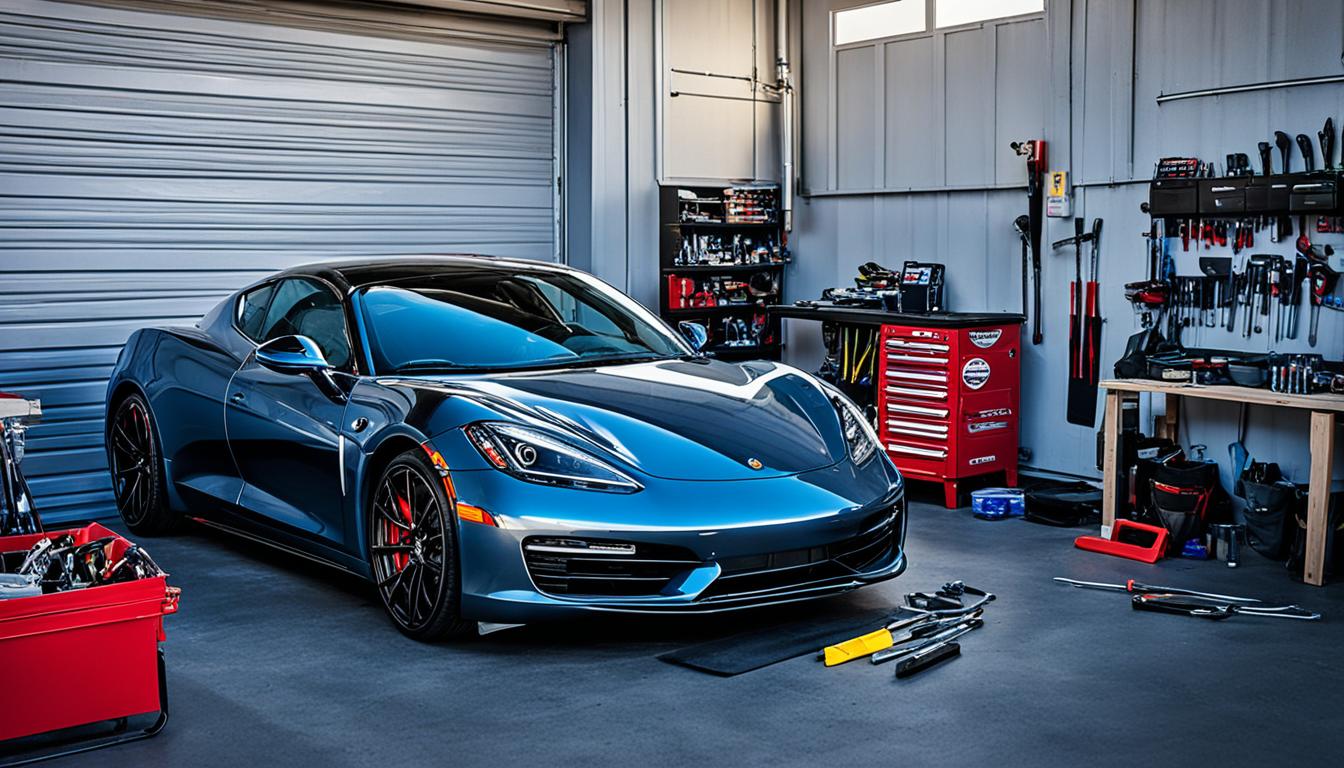When purchasing new vehicles, the future seems to support the notion that auto dealerships will still be the go-to location for most of us. An era where we are constantly relying on the Internet as the launch pad in buying many items in 2016, it’s practically a must to familiarize ourselves with the newest automobiles. Based on the current genesis our trusted four-wheeled means of transportation is undergoing, with increased reliance on electronics, lightweight materials, electric drivetrains and the fact that self-driving systems could reshape motoring for the next generation, perhaps building a relationship before purchase is ever-greater.
At CES (Consumer Electronics Show) 2016, Audi drew attention away from the specific vehicle itself to relay a vision of the car-buying experience in the future. Giving potential buyers interactivity with an Audi product even before buying it, CES 2016 reveals how the premium auto brand could provide an ideal driving reality through virtual reality.
First experimenting with virtual reality or VR in 2013 through digital powerwalls in London and Beijing dealerships, Audi gave attendees a chance to view an enhanced way to configure an A6, Q5 or R8 supercar. Audi is partnering with companies Nvidia, HTC and Oculus to create a virtual showroom where VR goggles can be used by customers to tailor the features as well as sounds of a vehicle to specific preferences. Shaped using 5 to 7 million polygons, Audi vehicles are simulated in the digital display of the VR goggles rendered in a three-dimension presentation. With the virtual models, aspects such as features and colors are relayed to the viewer through a headset. Coupled with configuring a model, a range of environments is matched with the Audi vehicles. Replicating the appearance of Audi products, the VR goggles also feed real life sound effects to enrich the user experience.
In order to produce a quality virtual viewing presentation, a considerable amount of computing power needed to be exercised to create a fluid interaction for the wearer of the VR goggles. Over two years, Audi spearheaded the development of a graphic engine, with the cooperation of companies Zerolight and Nvidia, now billed as one of the most powerful among modern the virtual reality landscape. Realizing the need to provide virtual transitions at a 90-frame rate per second performance setting, Audi’s VR has made substantial strides since its first application in showrooms.
Besides showcasing the forward-looking nature of Audi’s technology, the VR goggles provide another opportunity for Oculus to make an impact at CES 2016. Promoted prominently as an entertainment device delivering 360-degree viewing experiences for gaming and video, Oculus technology is already available to consumers paired with select Samsung devices. The Oculus Rift was also profiled at the Las Vegas electronics exhibition and will go in sale in June.
Audi will provide their VR car configurator technology to the first group of American customers later this year. The first such virtual showroom tool is set to be installed in a to-be determined location.
Check out some cool customized Audi cars HERE.
Last Updated: January 15, 2016



Recent Comments